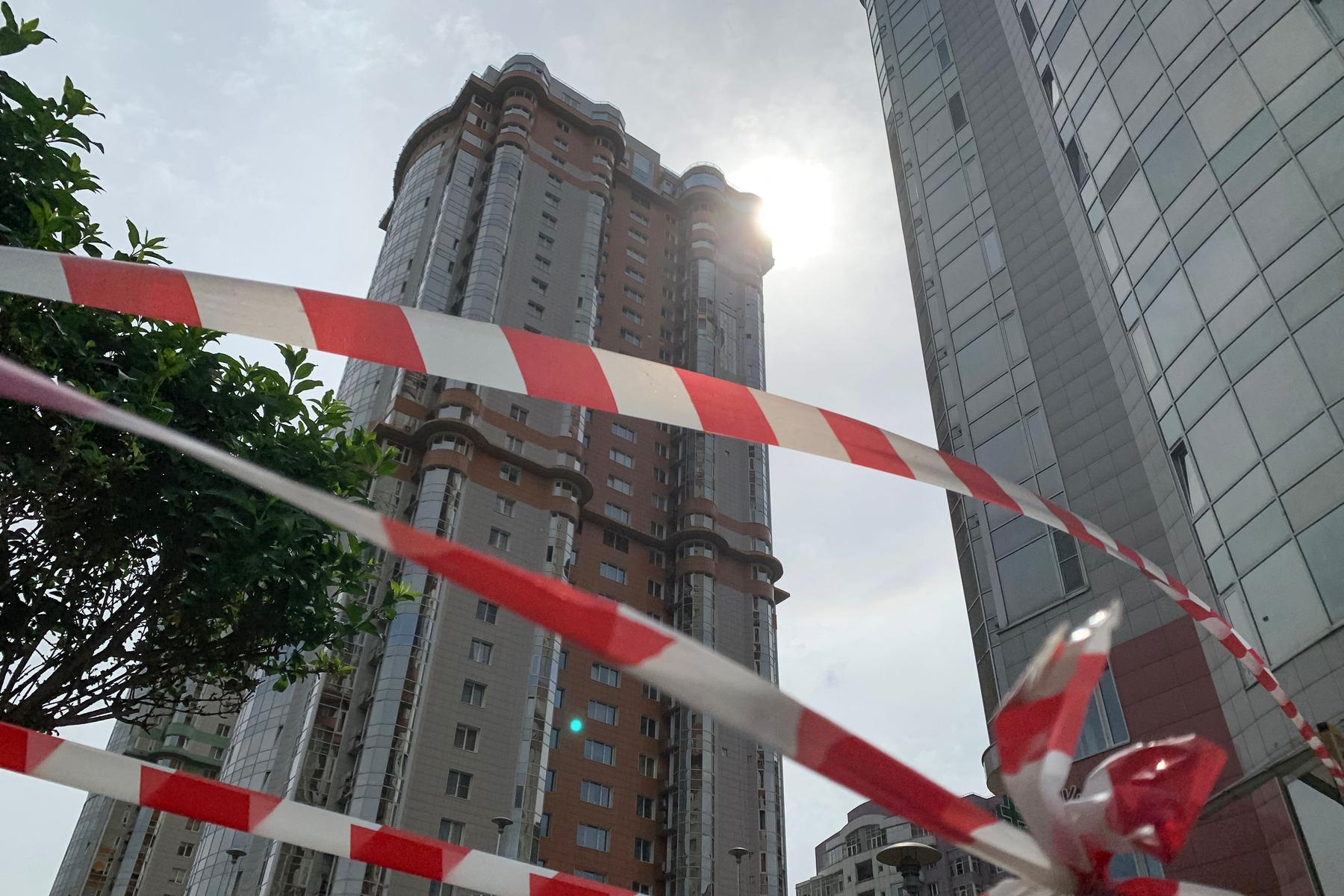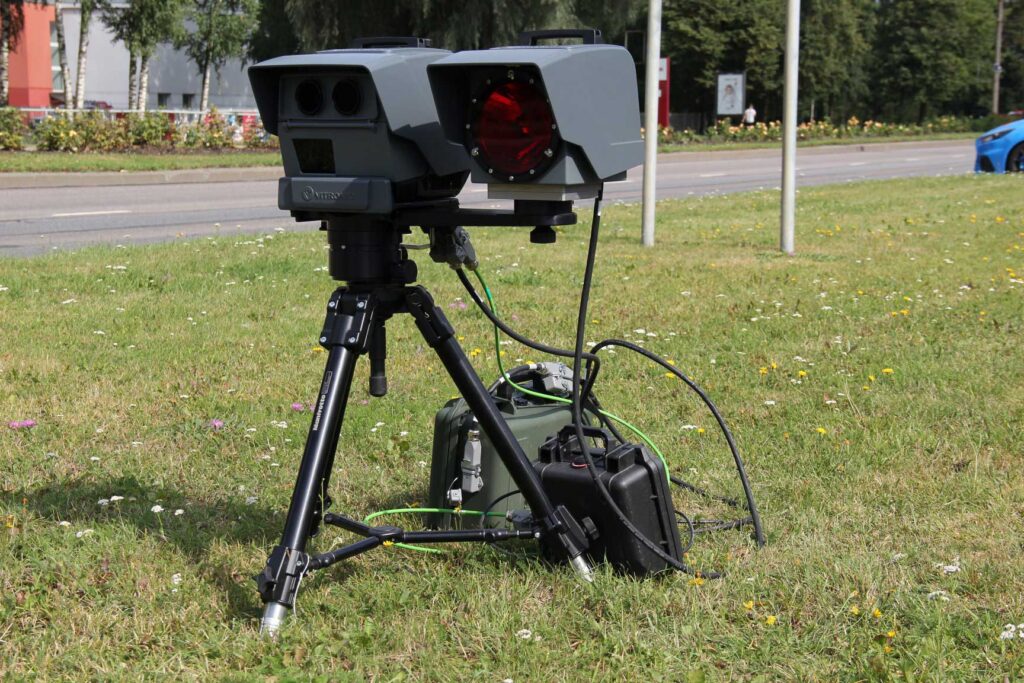Children and allergies: why do those who live in the city have more?

The explanation is hidden in a subset of immune cells that could play a crucial role in the development of allergic diseases and explain the differences between urban and rural populations
Organizing a trip to a park or in the countryside may not be a nice idea in the spring if the child suffers from allergy. Nose that drips and red eyes are a fixed appointment, as soon as the city is left. How come, Is the city environment more healthy? No, indeed, it could weaken the health of our children. According to a new American study, city children suffer more than allergy, compared to the little ones who live in rural areas. The explanation is hidden in a subset of immune cells that could play a crucial role in the development of allergic diseases and explain the differences between urban and rural populations.
Helper 2 cells
The identified immune cells are A unique Subpopulation of T -known cells such as Helper 2 cells (Th2)with distinct molecular characteristics. As the researchers from the Department of Pediatrics of the University of Rochester Medical Center (URMC) explain, T lymphocytes are fundamental immune cells to fight infections, but there is evidence that This specific subtype recognizes certain foods as allergenic and attacking them. « Proallergic T cells are more inflammatory than any other previously described in this context -the author of the research, Järvinen -Seppo, primary of allergology and pediatric immunology at the Ur Medicine of the Golisano Pediatric Hospital, specifies. Were found more frequently in children who live in the city and who later developed allergieswhich suggests that they could be a predictive biomarker or even a mechanistic factor of allergic disease ».
City and countryside
The study, Published in the magazine Allergycompares blood samples of infants who live in the city with those of infants of an agricultural community, in particular of the Mennonites of the ancient order (OOM) of the Finger Lakes regionin the state of New York, known for their low allergies rates. The researchers found that, while Urban newborns have higher levels of aggressive Th2 cellsOom infants have more regulatory T cells, which contribute to maintaining the immune system in equilibrium and reducing the probability of allergic responses.
« Healthy » bacteria
Although further research is needed to identify a possible cause, Järvinen-Seppo hypothesizes that The differences in the development of the intestinal microbioma between the two populations and greater exposure to « healthy » bacteria in children who live in rural areas may be a decisive factor. «The agricultural environment, rich in microbes, seems to favor the development of a more tolerant immune system. At the same time, The urban environment can encourage the appearance of immune cells predisposed to allergic inflammation»Explains the expert.
Preventive therapies
The study is part of a wider research, financed by the National Institutes of Health (NiH)on how early exhibitions affect long -term immune outcomes. In 2023, the Järvinen-Seppo team received a financing of 7 million dollars from the National Institute of Allergy and Infectious Diseases (Niaid) for study environmental, microbioma and immune differences between children under 12 years of urban and rural origin. The goal is to continue this work to discover protective factors that could be translated into Preventive therapiesincluding probiotics or other methods to encourage healthy microbial colonization in early childhood, especially for children who live in the city and who otherwise could lose The immuno-kalibrating benefits of rural life.








